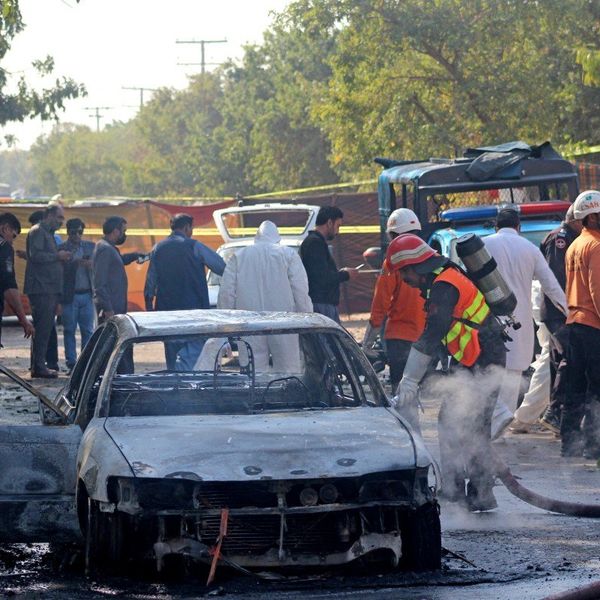Floods devastate Pakistan’s crops, raising fears of food crisis and inflation
Floods have wrecked crops across Punjab and beyond, sparking fears of a food crisis and soaring prices, says Kamran Khan
News Desk
The News Desk provides timely and factual coverage of national and international events, with an emphasis on accuracy and clarity.
Pakistan’s fragile economy is reeling as devastating floods and torrential rains have submerged more than half the country, destroying farmland, crops, and livestock across multiple provinces.
From Pakistan-administered Kashmir to Punjab and Khyber Pakhtunkhwa, floodwaters have drowned villages, ruined fields, and displaced millions. Analysts warn the destruction could trigger a nationwide food crisis and send inflation soaring.
Pakistan’s GDP growth was already struggling at around 3 percent. Former finance minister Dr Hafiz Pasha cautioned that the floods could shave another full percentage point off growth this year, leaving the rate at just 2.6 percent — below the IMF’s 3.6 percent target.
“This is a classic case of poverty compounding poverty,” said Kamran Khan.
The damage is most severe in Punjab, long regarded as Pakistan’s breadbasket. At least 2,100 villages have been inundated, wrecking rice, cotton, wheat, maize, and vegetable crops. Officials estimate that 1.3 million acres of standing crops are gone.
According to the Pakistan Kisan Board, about 70 percent of rice and 30 percent of sugarcane crops have been wiped out. The losses mean rice exports will shrink while sugar may have to be imported. The Pakistan Cotton Ginners Association reported 800,000 acres of cotton destroyed, compounding a 40 percent production drop already in place. Cotton output could fall by an additional 35 percent, forcing more imports and straining foreign reserves.
Punjab typically supplies 68 percent of Pakistan’s annual food grain output, but nearly 70 percent of its farmland is now underwater. Authorities estimate 2 million people in the province are homeless.
Khyber Pakhtunkhwa has also lost some 58,000 acres of crops and orchards. Sindh’s northern districts remain under threat as floodwaters push downstream.
Agriculture accounts for a quarter of Pakistan’s GDP and employs about 40 percent of the labor force. With fields under water and livestock wiped out, the sector has been effectively paralyzed.
The economic consequences are immediate. Wheat prices have surged 60 percent in just two weeks, rising from PKR 2,200 to PKR 3,600 per 40 kilograms. Flour prices are expected to follow. The Ministry of Food Security confirmed that tomatoes, onions, and other vegetables have already jumped more than 10 percent.
“The bell of food inflation has already rung,” Khan warned. “Every Pakistani will feel its weight.”
Experts also fear long-term damage. Floodwaters have turned large swathes of farmland into temporary lakes, making it nearly impossible to plant new crops in the upcoming Rabi season. Wheat, sugarcane, mustard, and vegetables may not be sown in many districts, extending the crisis into next year.
Failure to drain floodwaters quickly, farmers warn, could lock Pakistan into a prolonged food emergency, with shortages and price shocks persisting for months.
“The floods have crippled Pakistan’s agri-economy for now,” Pasha said. “If corrective steps aren’t taken, the effects will linger well into next year.”











Comments
See what people are discussing